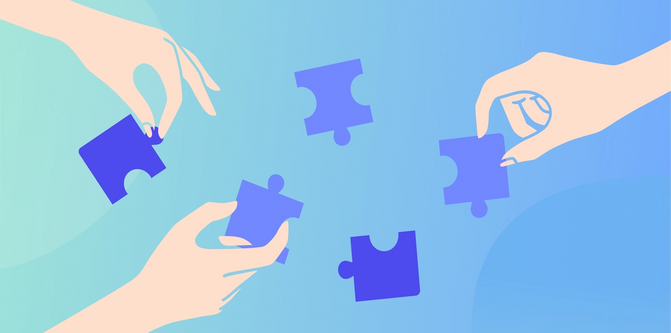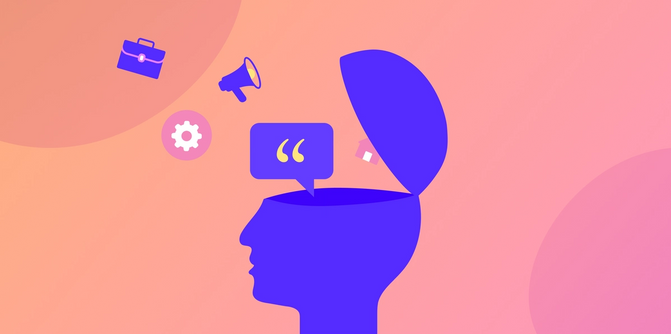How to Make an Aesthetic Mood Board
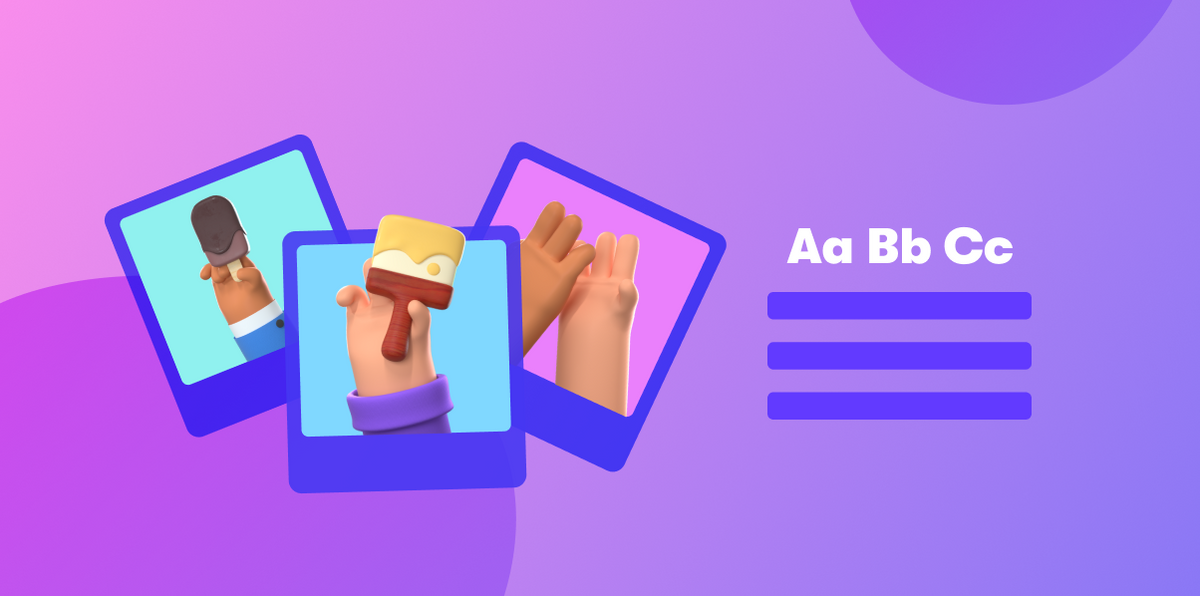
Create a groovy mood board
For anyone who grew up in the 70s (or even the 90s!), mood rings were a pretty big deal. They were so much more than a trendy accessory, but a completely ‘reliable’ depiction of your complex feelings and emotions.
Black displayed your stressed and anxious side, purple meant you were head-over-heels in love, and blue showed your relaxed nature and inner peace. Why talk about your feelings, when you could show them?
Mood boards work in a similar way but are way more accurate. They are a visual representation of your design ideas to help visualize your marketing campaigns. We are stoked to show you exactly how they work, and how you can create your own. Let’s boogie!
Here’s the lowdown: What is a mood board?
A mood board is a collage of visual ideas, ranging from photography, advertisements, logo designs, text, color guides, and other sources of information. Think of it as an inspiration board.
What is a mood board made for?
Collectively, mood boards define the style and tone of your project. They help team members and clients to understand your ideas in a visual way so that everyone can agree on certain elements from the very beginning.
Mood boards are used across a wide range of creative disciplines, but they are especially utilized in graphic and interior design, fashion, and advertising. Or you can just make them for fun!
Let’s dive a little deeper into the advantages of a mood board:
🌈 Inspiration: Sometimes it’s hard to come up with new ideas. You might have been tasked with a project that’s out of your comfort zone, or maybe you’re just having an off-day. Either way, making a mood board will get those creative juices flowing, and soon enough, you’ll have tons of ideas to present to your client!
☁️ A solid vision: It’s not uncommon that you and a client verbally agree on a design concept, but you both visualize something completely different. Mood boards are a great representation of your design direction; to keep you, your team, and your client on the same wavelength.
💬 Communication: It’s important that you and your client are on the same page, and mood boards help you do that. Mood boards help represent your ideas in material form to a client, like a little glimpse into your design thoughts! Clients can give you constructive criticism from the get-go so that you don’t waste time working on something that your client ends up turning down.
Mood board examples
When it comes to mood board presentations, there’s no right or wrong! Two of the most common types are physical and digital.
If you’re an old soul, you might prefer a physical mood board. You can collect sources from old books, maps, photographs, or you can incorporate magazine cut-outs, advertisements, materials from a former project, anything! We suggest mounting your inspiration on a foam board, something you can get at any craft store.
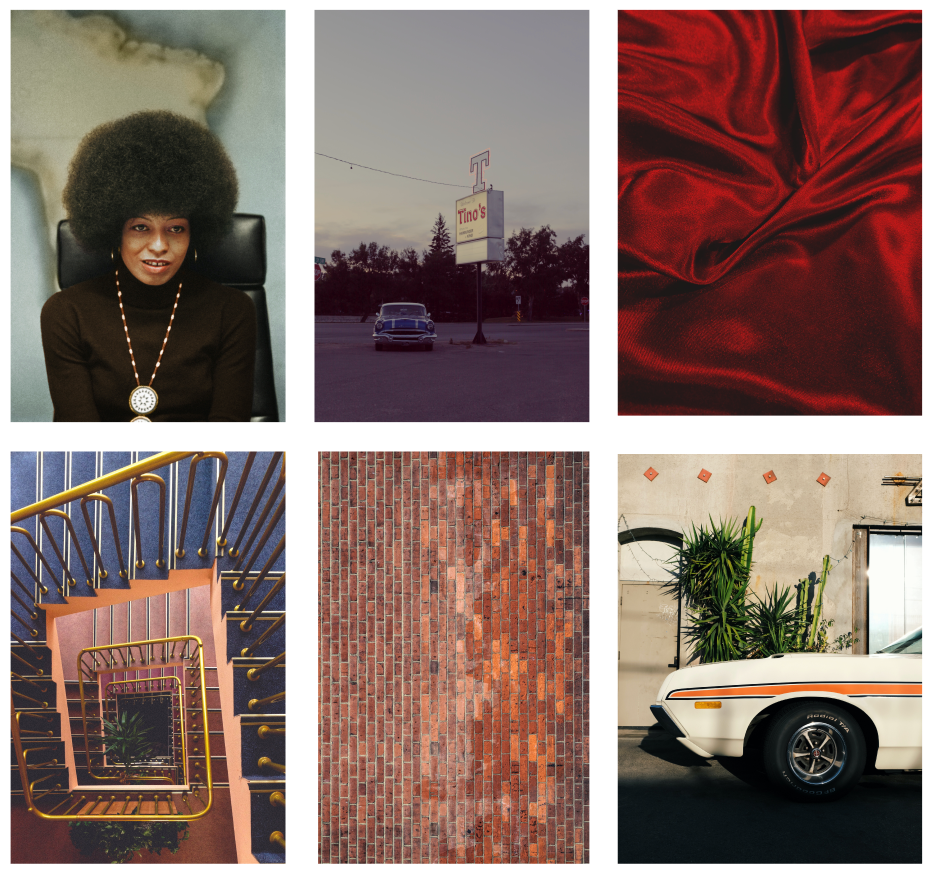
If you feel more comfortable gathering your sources online, that also works. Social media platforms like Pinterest and Instagram are hotspots for inspiration photos. Once you have everything you need, you can upload your imagery to an application, like Collato, where you can virtually present your ideas to your client.
How to make your mood board stand out
Recall these two tips while finding your imagery and materials for your mood board.
1. Think about your client
Although it’s easy to get sidetracked when making a mood board, remember that your project is for your client! Look for materials that convey their brand and design needs.
Also, keep into consideration target demographics. Meaning, what's the age group, gender, background, or location of your audience? Say you’re making an advertisement for a mountaineering course for teenagers, what sort of content would they want to see?
If you don’t fully understand your client’s vision, we suggest starting with a creative brief. The best way to get to know one another!
2. Stay on brand
Consistency is key! When you’re perusing content, you might come across a totally cool image that you want to include in your mood board. But wait! Just because you like it, doesn’t mean it will fit your mood board theme. Stay on brand and keep the same message all throughout. Ask yourself these questions:
- Does this align with my client’s brand?
- Would the audience find this appealing and captivating?
- Does it fit the style, color, and theme of my other content?
If you keep these two things in mind, you’ll create an aesthetic mood board in no time!
It’s your turn: How to make a mood board
Once you’ve talked to your client about their design needs, it’s time to start creating! We’ve collected some sources to inspire your next mood board creation.
Imagery: It’s true what they say, a picture speaks a thousand words! Choose imagery that helps show the mood or feeling of a project. If your client wants to be perceived as light-hearted and fun, you want to show that through your photos.
Art: Get inspiration from those who know it best! Incorporate pieces from famous artists to get a feel for the time period you’re going for!
Texture: Finding imagery that has some texture is a great way to add to your project. Even if the colors are monochrome, texture can add some spice to any mood board. Some examples are wood, leaves, sandpaper, bark, linens, and carpets.
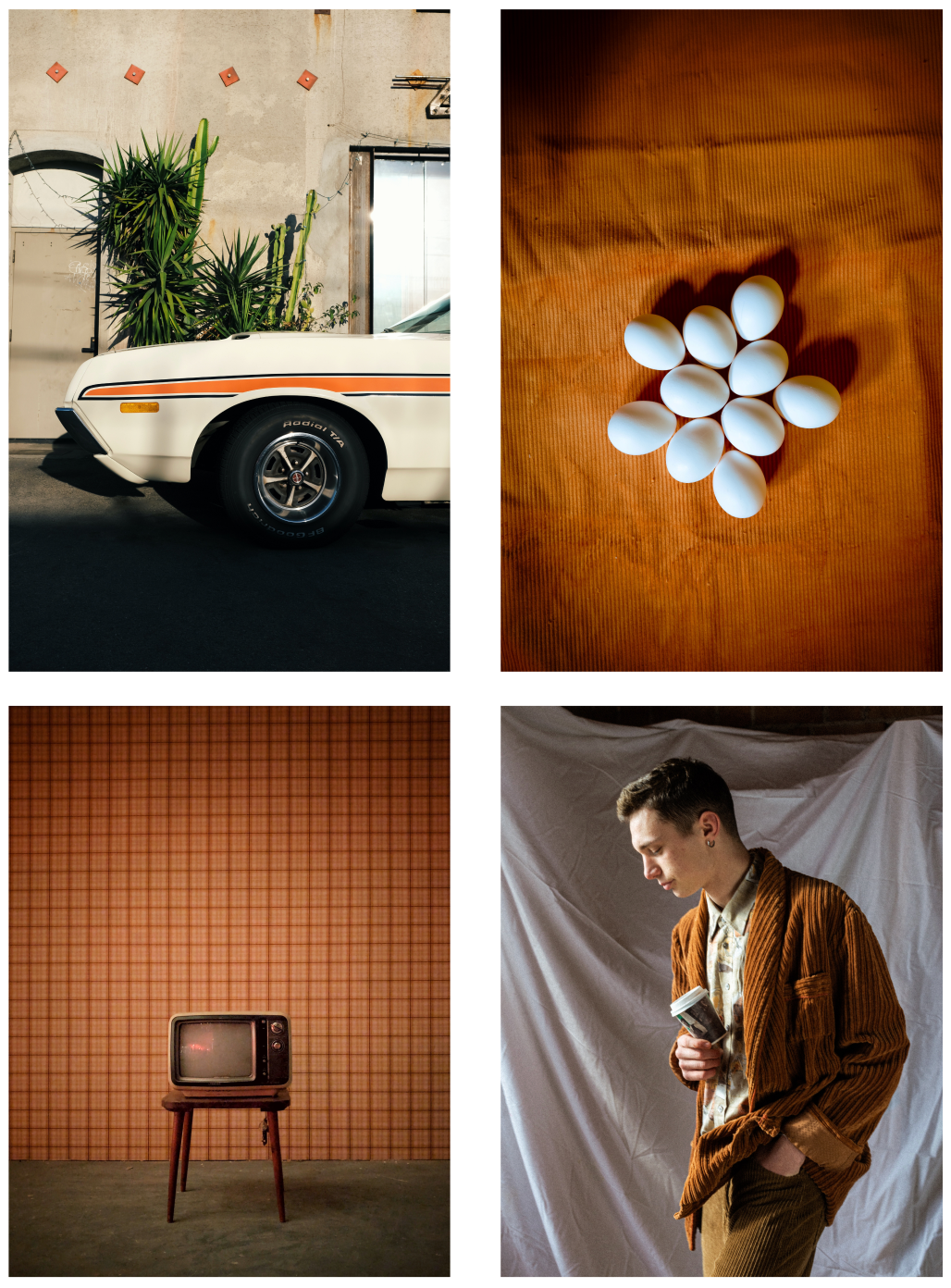
Shapes and patterns: A variety of shapes and patterns can give off a certain ‘vibe.’ For instance, mood boards that incorporate shapes with corners might signify a more professional or serious tone, while shapes with rounded edges might come off as more playful and fun.
Color palettes: Colors evoke an emotional response and create an association between a product and a company. Everyone knows that the Facebook colors are dark blue and white, Instagram uses a rainbow gradient, and Pinterest employs cherry red and white. These colors cement the connection between their services and their brand. So be really picky with what colors you use!
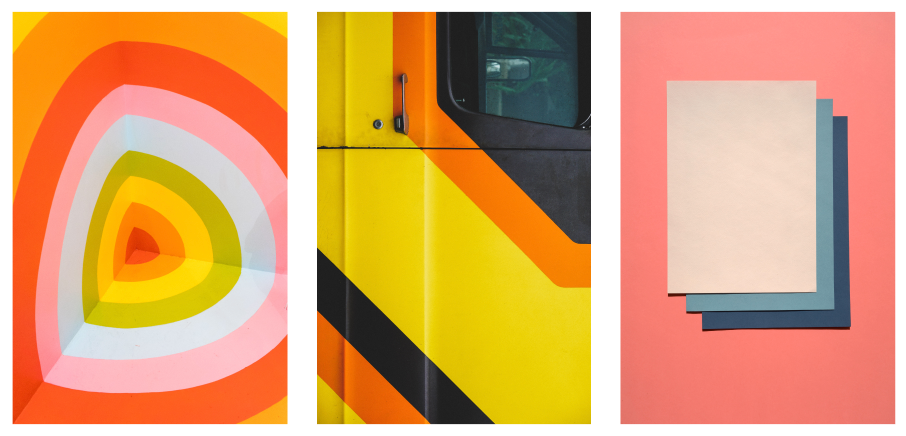
Text: It’s likely that your project will incorporate some sort of text. If that’s the case, then draw from advertisements, font databases, and products for some inspiration. Is the project or brand serious and professional, or script-y and free-spirited? Find text and fonts that support your vision.
💡Sometimes a quote can support your project ‘feeling.’ But choose these wisely!
And there you have it! Now that you have all the raw materials, you can begin to arrange your mood board. This process is totally up to the creator, but keep in mind that composition, scale, and hierarchy are very important factors. If you make a picture bigger, that might mean it’s of most importance. Or if you add imagery to the center of your mood board that might mean it’s the focal point of your project. Take your time and enjoy the creative process!
Collato’s far out features: Your favorite mood board creator
Collato makes collaboration with externals easy, especially during your project kick-off! After you’ve made your mood board, you can share your work with your clients to get direct input. What better way to start the feedback process than with a mood board?
Use Collato's image gallery to create your mood board. You can upload a variety of pictures for everyone to see. It’s flexible and can be used for a range of content types.
You also have many presenting options, whether that’s viewing the images one by one, two at a time, or all together. Additionally, add borders around the images to create a clean-looking mood board.
💡If you want to bring your mood board to life, you can also add gifs, songs, and videos!
If your teammates or clients have anything to add to your mood board, such as preferences, ideas, or criticisms, they can leave a comment alongside your mood board. They can even upload documents and videos to this comment, tag coworkers and teammates, or respond with emojis. (You can of course use this feature too!)
What else can you do with Collato? Visit our other blog posts to learn more.
Catch ya on the flip side
Now that you have all the resources you need to make your own mood board, from the project type to different material inspiration, go get creative!
Send your client a totally radical mood board that they’ll dig. Until then, later days!


